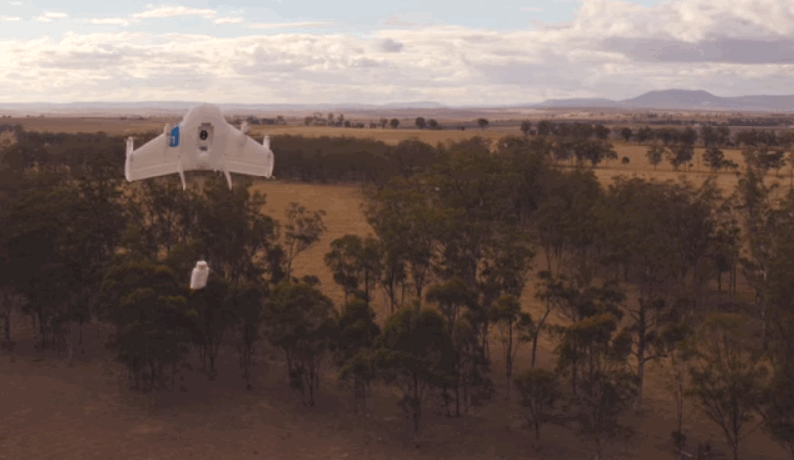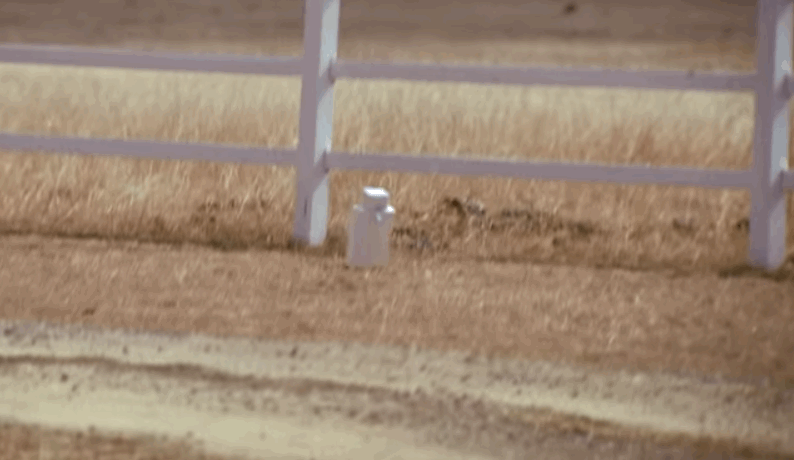The Man Leading The Development Of Google's Drones Originally Thought Their Design Was A 'Terrible Idea'
Google recently revealed it has spent the last two years secretly working on a drone delivery program called "Project Wing."
One of the founders of the project, MIT researcher Nick Roy, told MIT News' Adam Conner-Simons that he originally viewed part of the drones' design - how they drop packages - as "a terrible idea."
Here's a look at how the drones work:
The Project Wing team calls its drone a "tail-sitter," meaning that it takes off vertically like a helicopter...
...And then tilts forward to fly more like a traditional plane:
To deliver a package, the drone drops a cable with an "egg" attached. The egg connects to the package:
When the package lands, the egg detaches and leaves the package on the ground:
Although Roy was iffy about the egg concept initially, he says that he realized that it was actually safer and more accurate than using parachutes or landing the drone. (In Amazon's demo of its own drone project, Amazon Prime Air, the company shows its machines landing to drop each package.)
Although Google's drone project is still years from actually being used in the wild, Roy says the technology proves there is potential for this type of idea to work.
"This could take a lot of the friction out of the way that we move things around in the world," Roy told Conner-Simons. "But what's truly exciting is the recognition that the most compelling application is probably something that people aren't even thinking about right now."
 Love in the time of elections: Do politics spice up or spoil dating in India?
Love in the time of elections: Do politics spice up or spoil dating in India?
 Samsung Galaxy S24 Plus review – the best smartphone in the S24 lineup
Samsung Galaxy S24 Plus review – the best smartphone in the S24 lineup
 Household savings dip over Rs 9 lakh cr in 3 years to Rs 14.16 lakh cr in 2022-23
Household savings dip over Rs 9 lakh cr in 3 years to Rs 14.16 lakh cr in 2022-23
 Misleading ads: SC says public figures must act with responsibility while endorsing products
Misleading ads: SC says public figures must act with responsibility while endorsing products
 Here’s what falling inside a black hole would look like, according to a NASA supercomputer simulation
Here’s what falling inside a black hole would look like, according to a NASA supercomputer simulation







 Next Story
Next Story